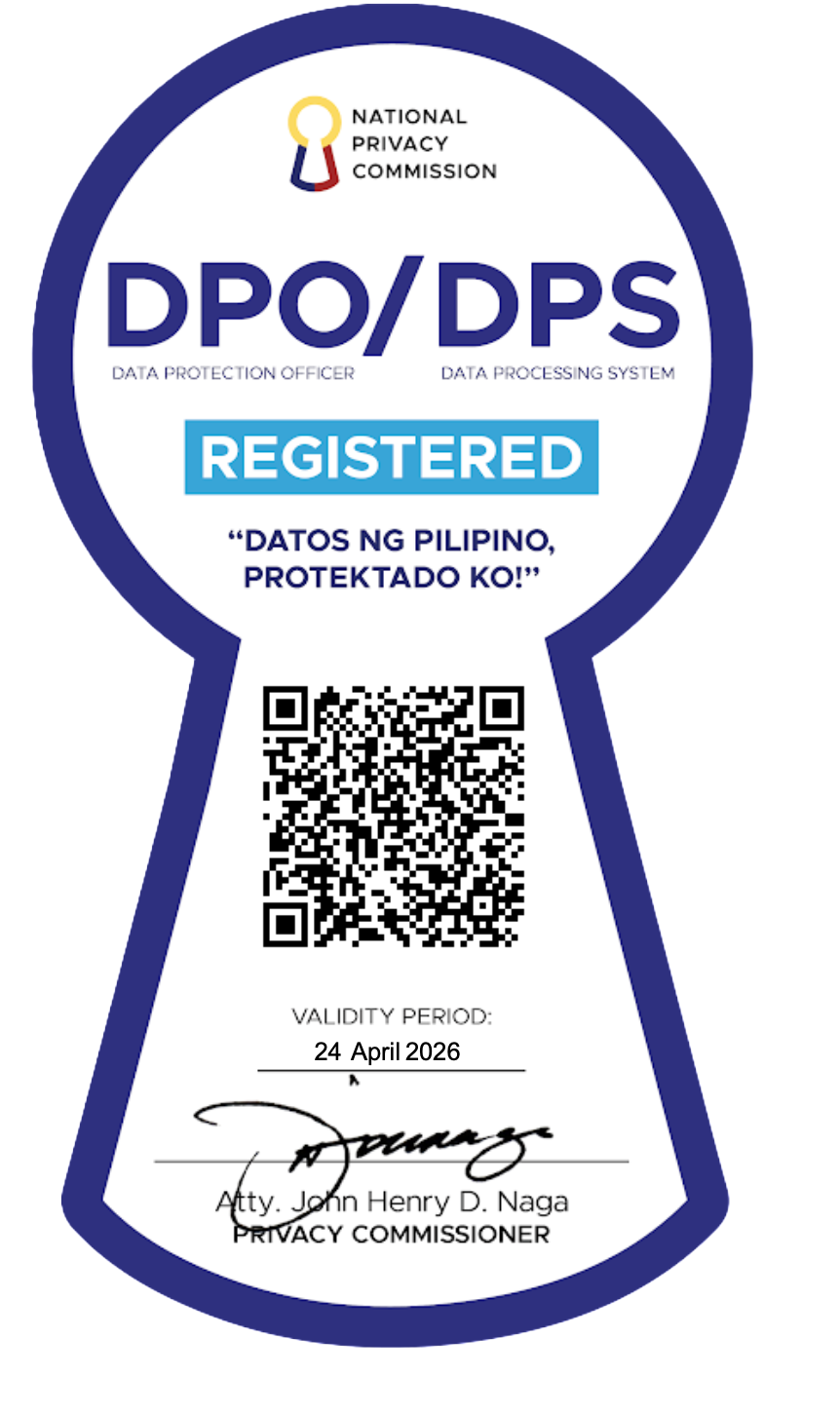Ever felt the weight of the world on your shoulders as month-end approaches? You're not alone. The month-end close process is like the season finale of your financial drama—full of suspense, thrill, and yes, sometimes a plot twist.
And while it may seem daunting, mastering this 'season finale' is crucial for the next episode of your business journey.
In this article, we'll discuss what the month-end close process is, why it's important, and how you can get it done.
What is the Month-End Close Process?
Simply put, the month-end close involves the process of preparing financial statements at the end of every month. It’s one of the most important processes in accounting, occurring like clockwork and making sure nothing gets left to chance.
The month-end close is crucial for accurate financial reporting and planning. Without a proper month-end close, you risk making decisions based on incomplete or inaccurate information.
Think of it as a financial "spring cleaning." It's a routine that ensures your financial records are in top condition for reporting and decision-making.
Why is it important to get it right?
Implementing a successful month-end close results to accurate financial statements, better compliance with regulatory requirements, and a smoother audit process. It's not just about crunching numbers; it's about setting your business up for success.
After all, inaccurate financial reporting can lead to poor management decisions and, at times, even legal repercussions. On the flip side, a quicker month-end close allows you to focus on strategic planning, giving your business a competitive edge.
Understanding the Month-End Close Process
What are the steps that have to be done when performing the month-end close process? Here is a step-by-step guide to help you become more familiar with it.
Step 1: Importing all relevant financial transactions
The first step in the month-end close is usually importing all business-related transactions from your financial institution.
Gather financial information, reports, and documents from different departments and subsidiaries.
If you’re using an accounting software, you might want to check if yours offer an API integration that will allow you to automatically pull your financial data from your bank or credit card.
Step 2: Classifying all the transactions
Once your transactions are imported, categorize them appropriately. Group similar transactions together to make it easy to classify transactions in bulk.
If patterns emerge, consider setting up custom rules. For high-value transactions, uploading a receipt is advisable for audit compliance.
Step 3: Adjusting journal entries
At this point, you'll make the journal entries needed to adjust the balances in your general ledger. This step is relevant for both accrual and cash basis accounting.
Adjust for things like depreciation, amortizations, elimination of intercompany transactions, and recognition of accrued expenses and deferred revenues to reflect the true financial position of the company.
Step 4: Account reconciliations
This is a critical step in ensuring the reliability of your financial statements.
Reconcile subsidiary ledgers, including accounts receivable, accounts payable, and inventory, with the general ledger to verify their accuracy and completeness.
Conduct bank reconciliation by comparing the general ledger with the bank statement to ensure alignment and identify any discrepancies.
Ensure that your workpapers are consistent with the ledger for precise record-keeping.
Step 5: Confirm and validate for accuracy
After completing the previous steps, it's crucial to take a moment for review. Check for any discrepancies, such as unusually high amounts compared to previous periods, or redundant accounts that can be consolidated. Cross-reference with your workpapers to ensure coherence.
Step 6: Finalize and present your key takeaways
The final step involves presenting your key findings to stakeholders. Highlight any significant occurrences or deviations from budget projections, as these points will be of most interest.
Each of these steps is a building block that prevents mistakes down the line.
Key Components and Tasks
Typically, the activities outlined above can be grouped into three categories:
- Financial Statements: These include your balance sheet, income statement, and cash flow statement. They are the final products of the month-end close process.
- Account Reconciliation: This process entails comparing the transactions in your general ledger accounts with the corresponding balances in subsidiary ledgers, supporting documents, and external statements like bank statements. It's a crucial step to ensure financial accuracy.
- Review and Approval: Senior members of the finance team should review and approve all reconciliations and adjustments. This adds an extra layer of scrutiny and accuracy.
Best Practices for a Successful Month-End Close
Organizational Strategies
- Create a close calendar. Having a close calendar helps your accounting team know what needs to be done and by when. It serves as a roadmap for the entire process.
- Training. Ensure that all team members are well-trained and up-to-date with the latest accounting practices. This enhances the quality of work and reduces errors.
- Assign responsibilities. Make sure each team member knows their specific tasks. Clearly defined roles and responsibilities prevent overlap and ensure that nothing falls through the cracks.
Tips for Effective Communication
- Regular Check-ins: Keep the lines of communication open within your accounting team. Regular check-ins ensure that everyone is on the same page.
- Documentation: Maintain detailed records of all communications and decisions. This not only aids in transparency but also serves as a valuable resource for future audits.
Using Automation Tools
Automation tools can significantly speed up repetitive tasks like data entry and reconciliation. By automating these tasks, you make your month-end close faster, more accurate, and less prone to human error.
Consider investing in reliable accounting software that meets your business needs. Good software can be a game-changer in streamlining the month-end close process.
Frequently Asked Questions About Month-End Close
Q: What is the difference between a month-end close and a year-end close?
A: A month-end close is a more frequent process that sets the stage for the year-end close. The year-end close is a more comprehensive and detailed review of the company's financials, often involving external audits.
Q: How can automated tools help streamline the month-end close process?
Automation tools can handle repetitive tasks like data entry and reconciliation. This frees up your team to focus on more complex issues, making the entire process more efficient.
Q: What are some strategies for improving communication and collaboration within the accounting team during the month-end close?
A: Regular meetings, clear documentation, and a well-defined workflow can greatly improve communication and efficiency. These practices ensure that everyone is aligned and working towards the same goal.
Q: How can small businesses optimize their month-end close processes?
A: Small businesses can benefit from simple, cost-effective tools and a well-defined process. Tailoring the month-end close to the specific needs of a small business can result in a more efficient and accurate process.
Need Help? We've Got Your Back.
Feeling a bit overwhelmed with the month-end close process? Don't sweat it!
Our team at Remotely Philippines is here to make your life easier. We specialize in providing top-notch outsourcing services that can handle all the nitty-gritty details of your bookkeeping and accounting, including your month-end close.
From reconciling accounts to finalizing financial statements, our expert team has got you covered. We bring efficiency, accuracy, and peace of mind to your accounting processes, so you can focus on what you do best—running your business.
Take the first step towards a hassle-free month-end close.
Contact Remotely Philippines today.
Sign up for our newsletter
Get regular curated content on management, outsourcing, and everything you need to know to stay ahead of the curve.









